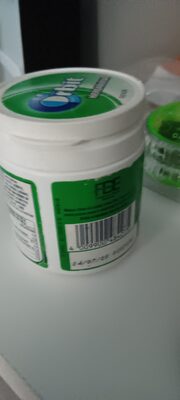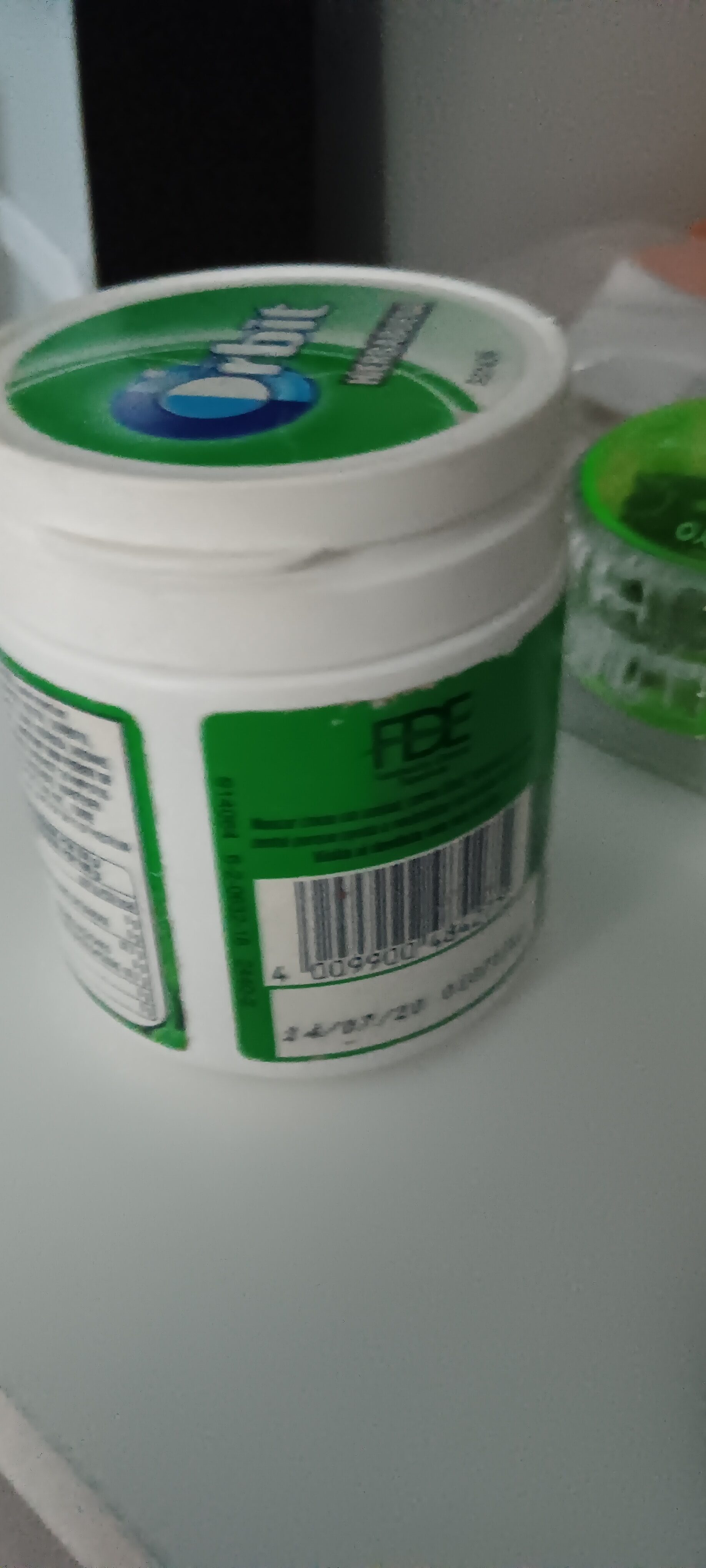Chicles de hierbabuena sin azúcar - Wrigley's - 84 g
This product page is not complete. You can help to complete it by editing it and adding more data from the photos we have, or by taking more photos using the app for Android or iPhone/iPad. Thank you!
×
Barra-kodea: 4009900484275 (EAN / EAN-13)
Kopurua: 84 g
Markak: Wrigley's
Kategoriak: en:Snacks, en:Sweet snacks, en:Confectioneries, en:Chewing gum, en:Sugar-free chewing gum
Etiketak, ziurtagiriak, sariak: en:Contains a source of phenylalanine
Link to the product page on the official site of the producer: mercadona
Dendak: Mercadona
Matching with your preferences
Report a problem
Datuen iturria
Product added on by openfoodfacts-contributors
Last edit of product page on by hugito.
Produktuaren orria -gatik editatua acuario, aurelia02, charlesnepote, ianvatega, inf, jbarcelona, kiliweb, moon-rabbit, musarana, rascayu123, scanbot, segundo, thaialagata, yuka.R0sxWUxid2cvc3NBc3ZZNjR4T001dkJSNk1PREFFYWFHZlV5SVE9PQ, yuka.R0tjTUFxZ2grTVlrZ3ZFM3hqK0l5L0I3NmIrVFluaStBZTR2SVE9PQ, yuka.V2ZwZUsvaGJodElNbWNjVi96YnkydWxieExueFZqMlpKdmM4SVE9PQ, yuka.Vi84Yk9xSUx1Y2M3bjhBNitFbk95dnQ1K1p5cVdqcStLOEFBSVE9PQ, yuka.sY2b0xO6T85zoF3NwEKvlmlBT4P_rD_GbiLTlVyW-oaJFb_oPddwudT_a6o, yuka.sY2b0xO6T85zoF3NwEKvlmlICYaAuyjfGiDvnXa3xIekK5r5UYkiwpXjEas, yukafix.











